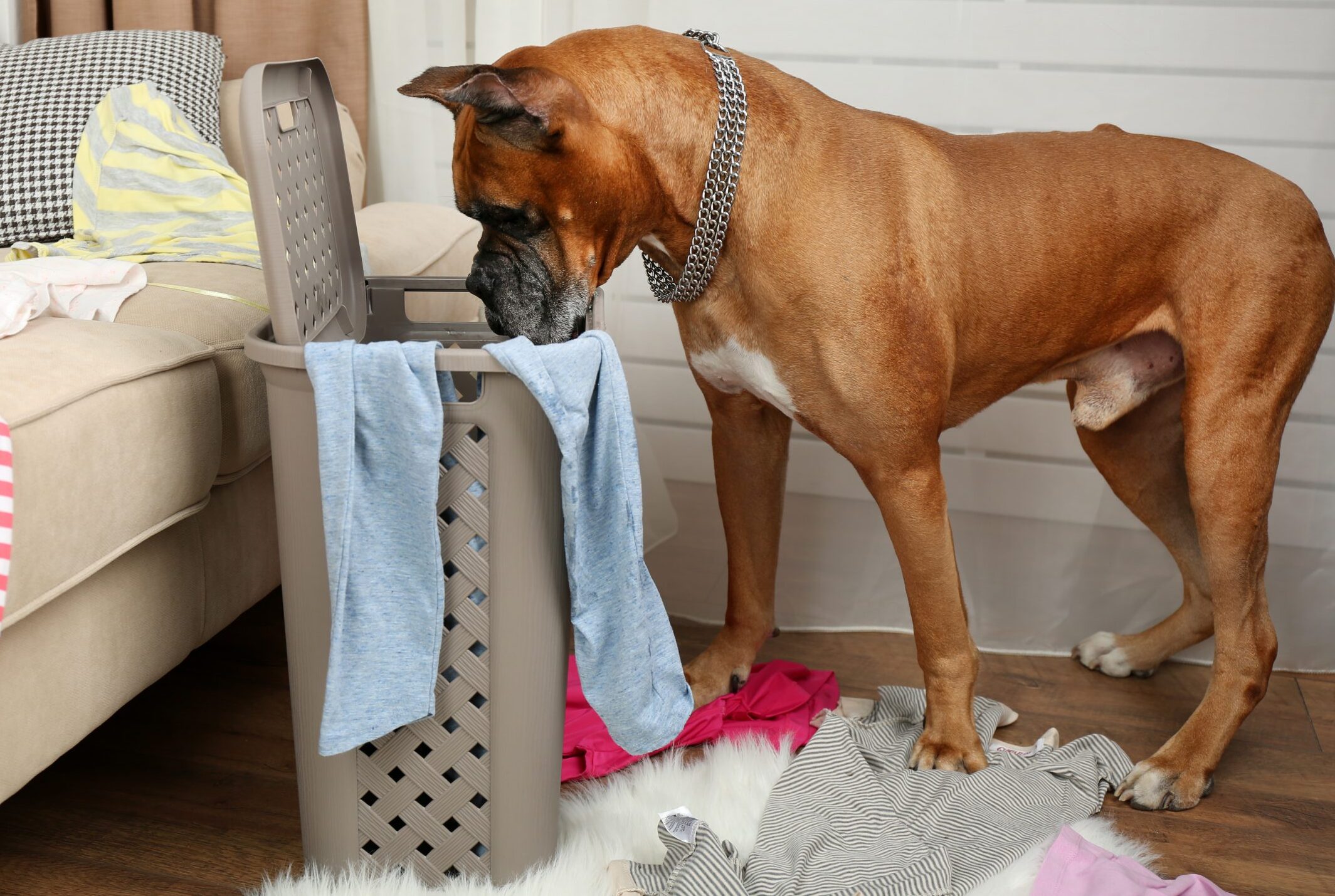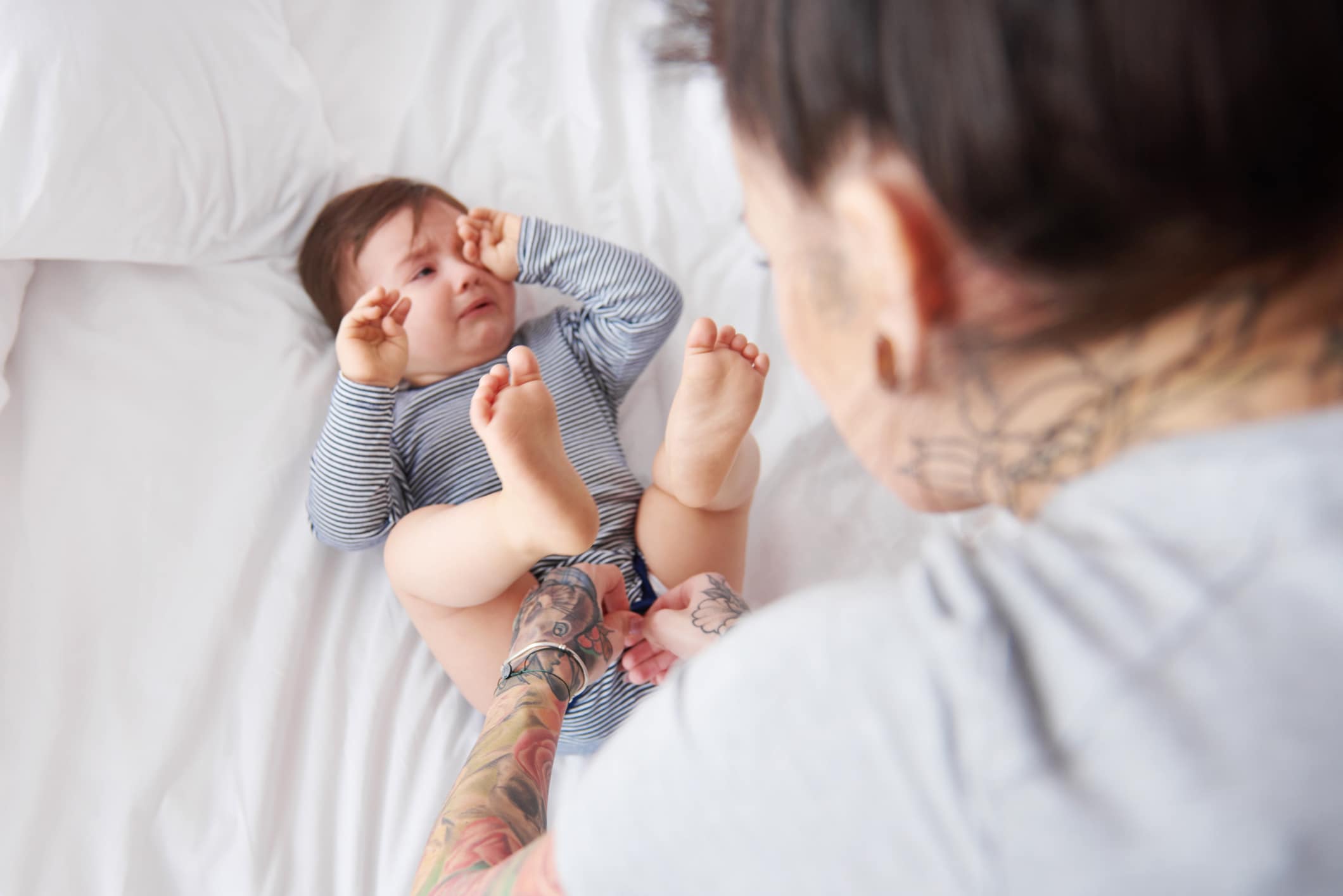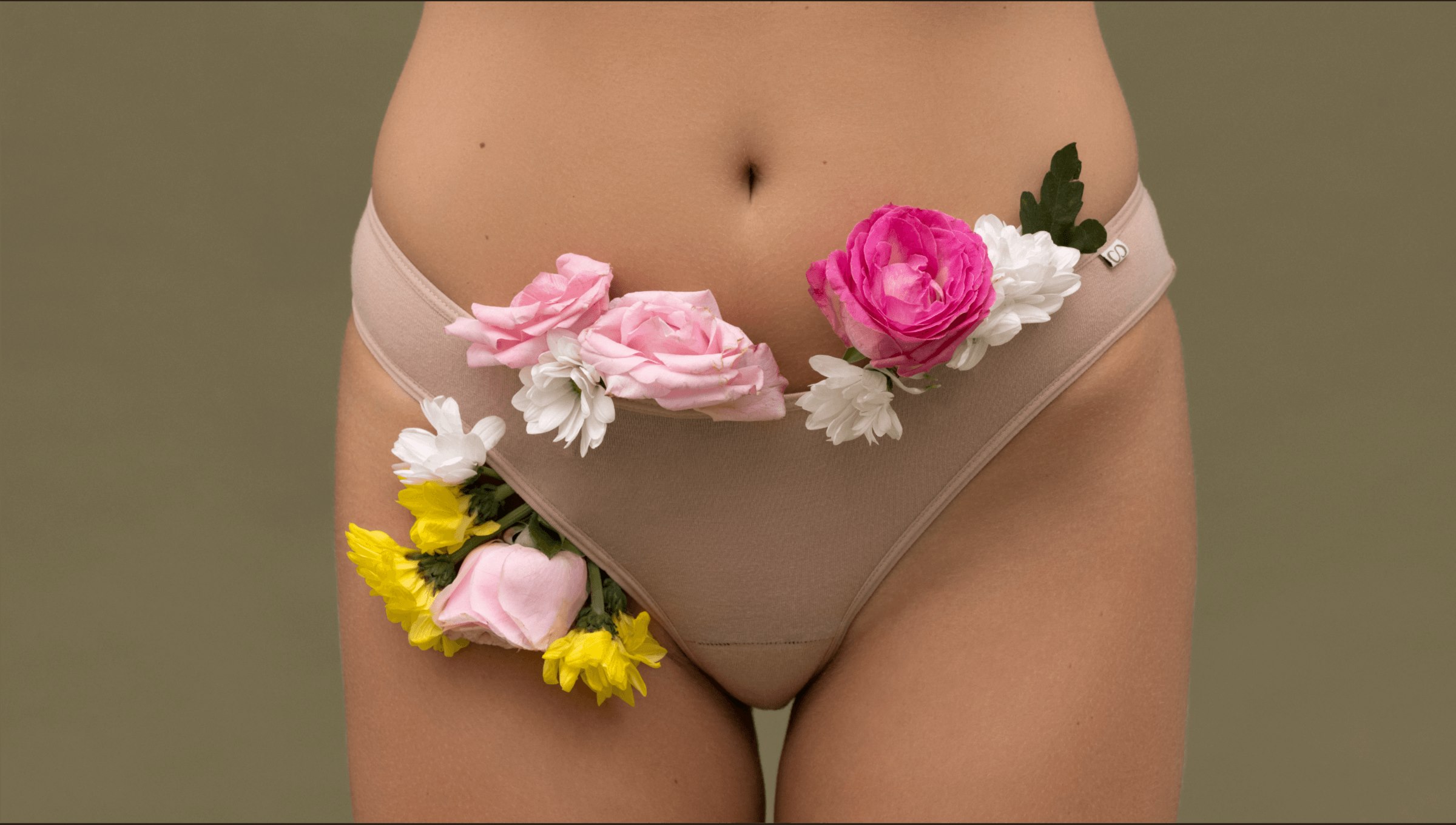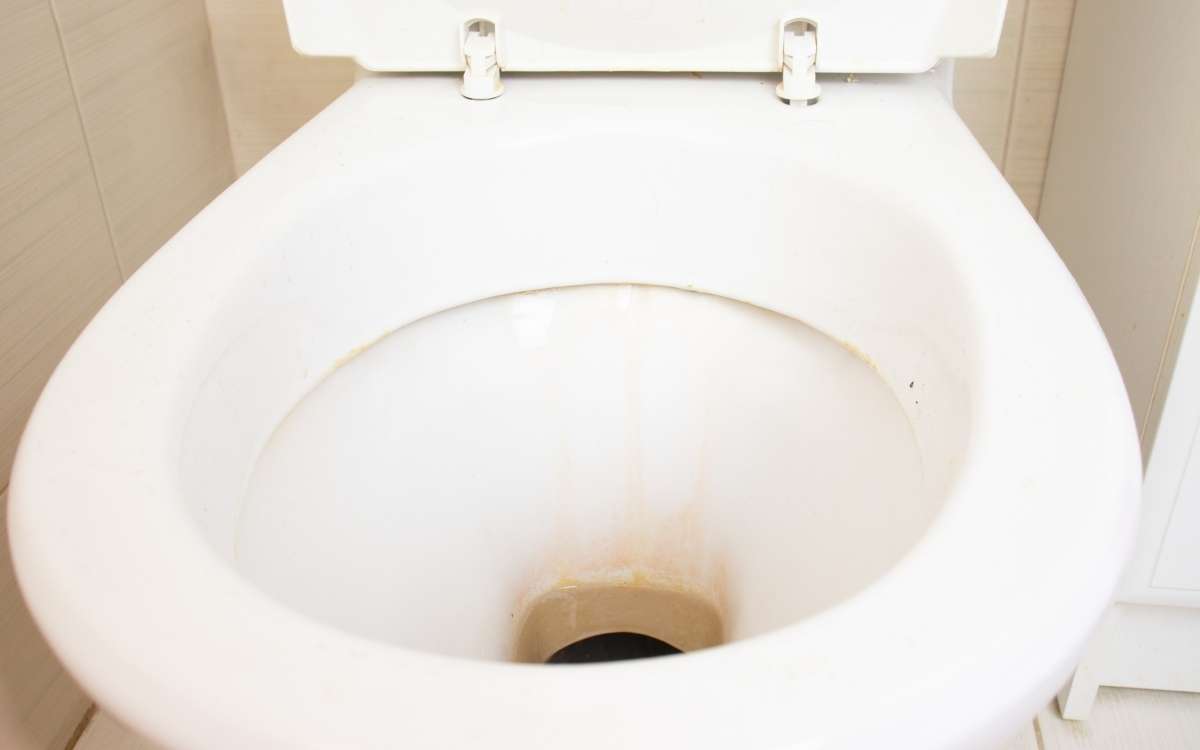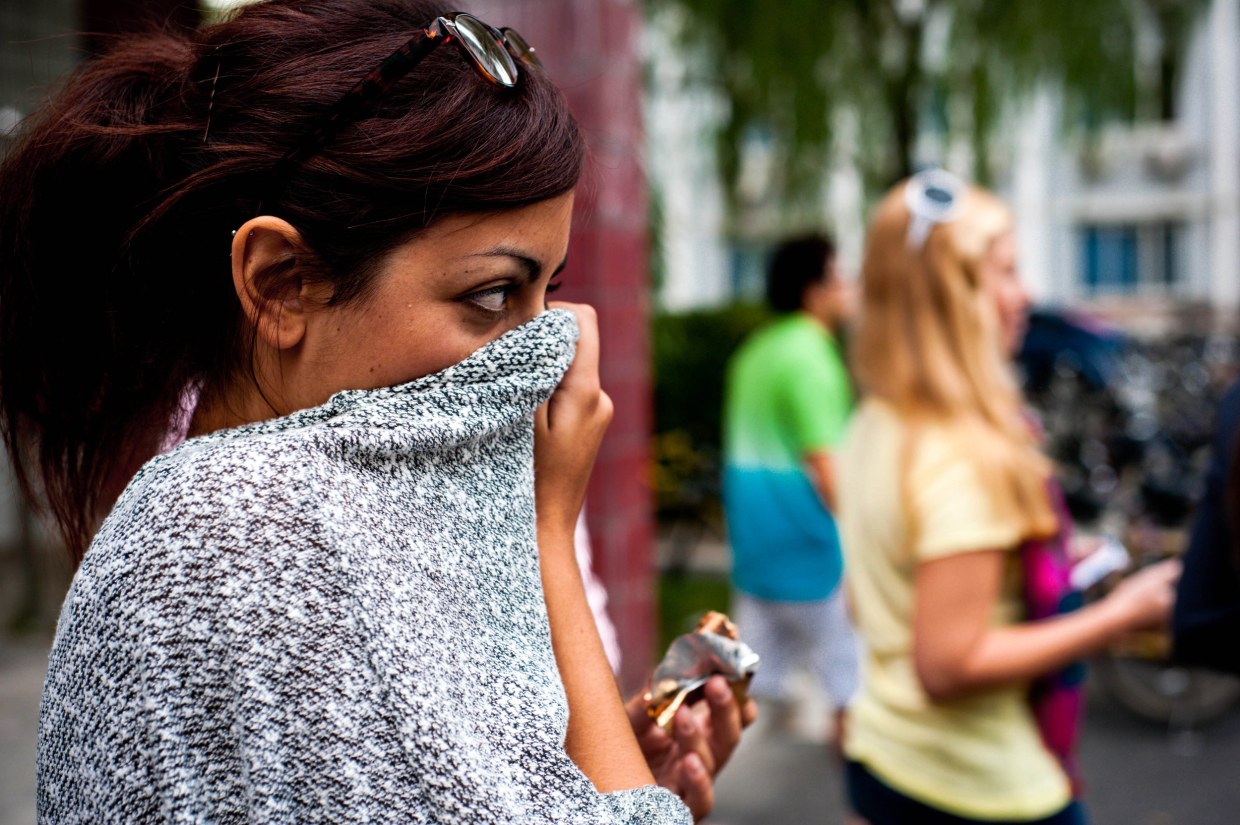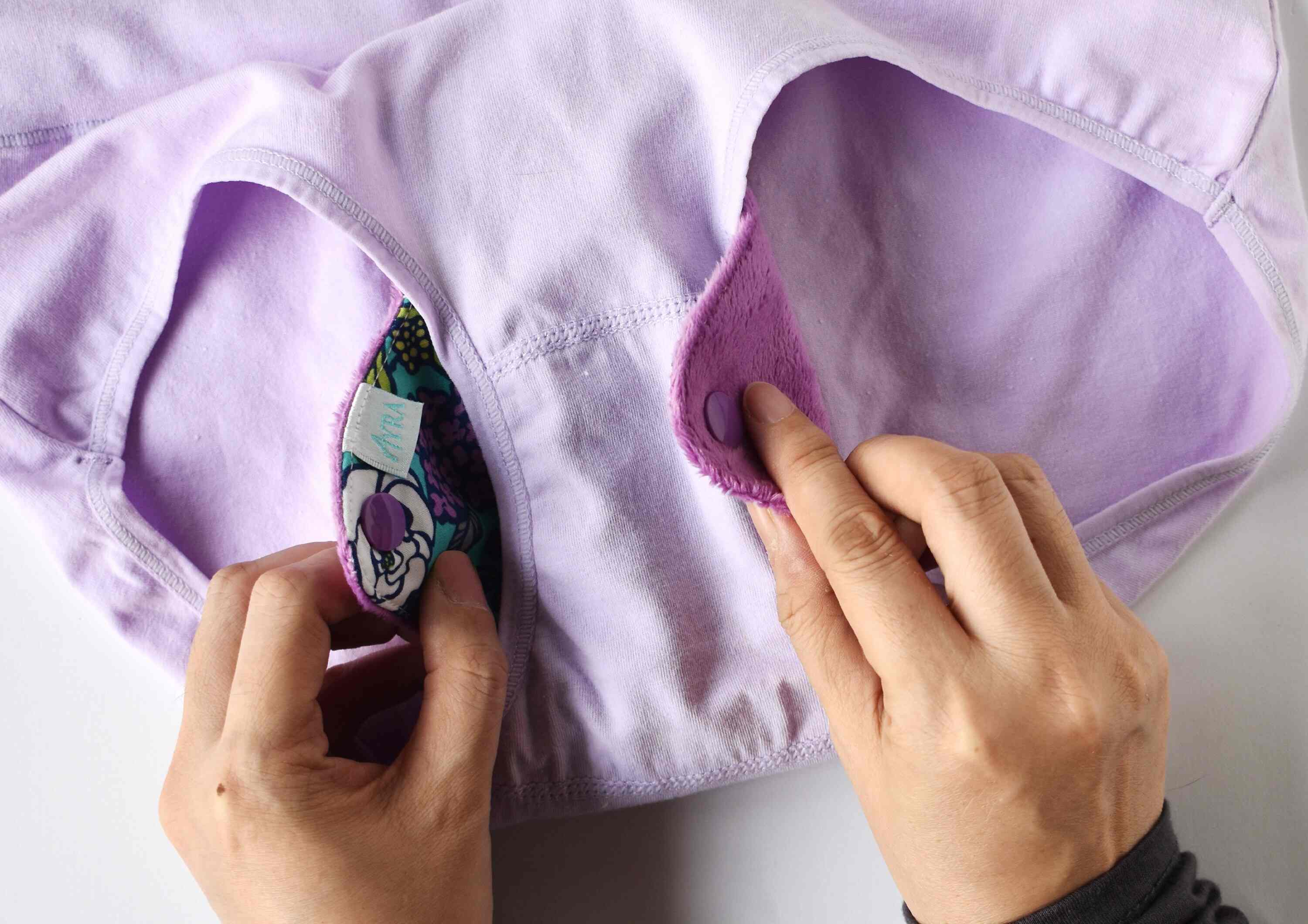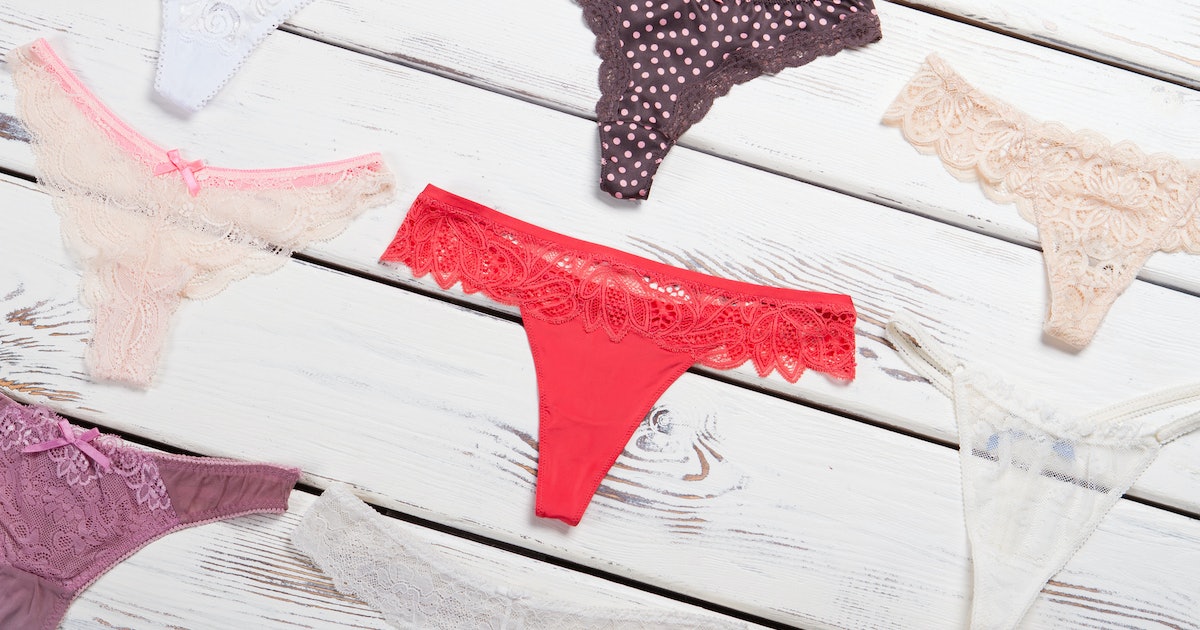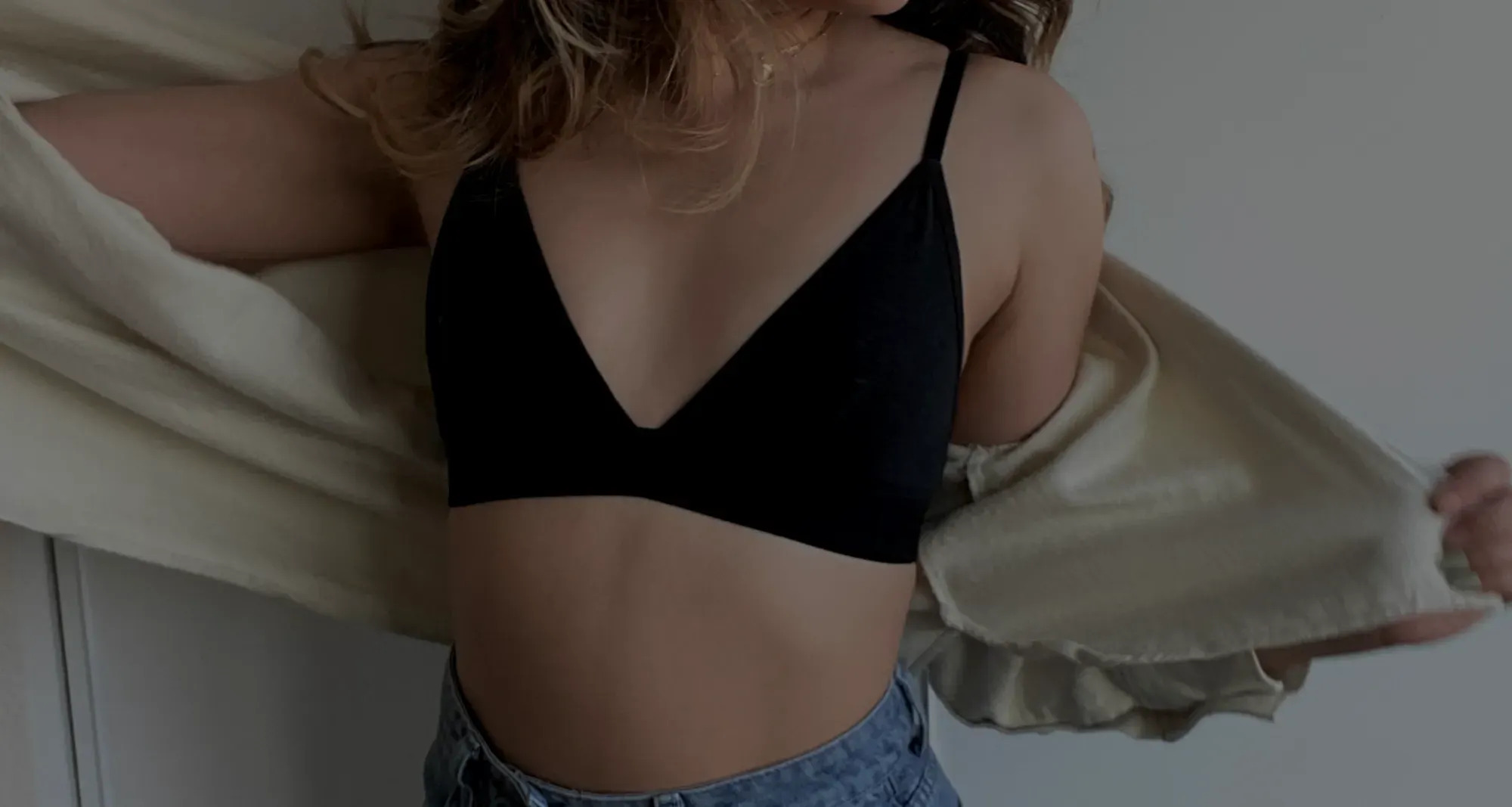Home>Women's Underwear>Bras>Why Does My Bra Feel Tight
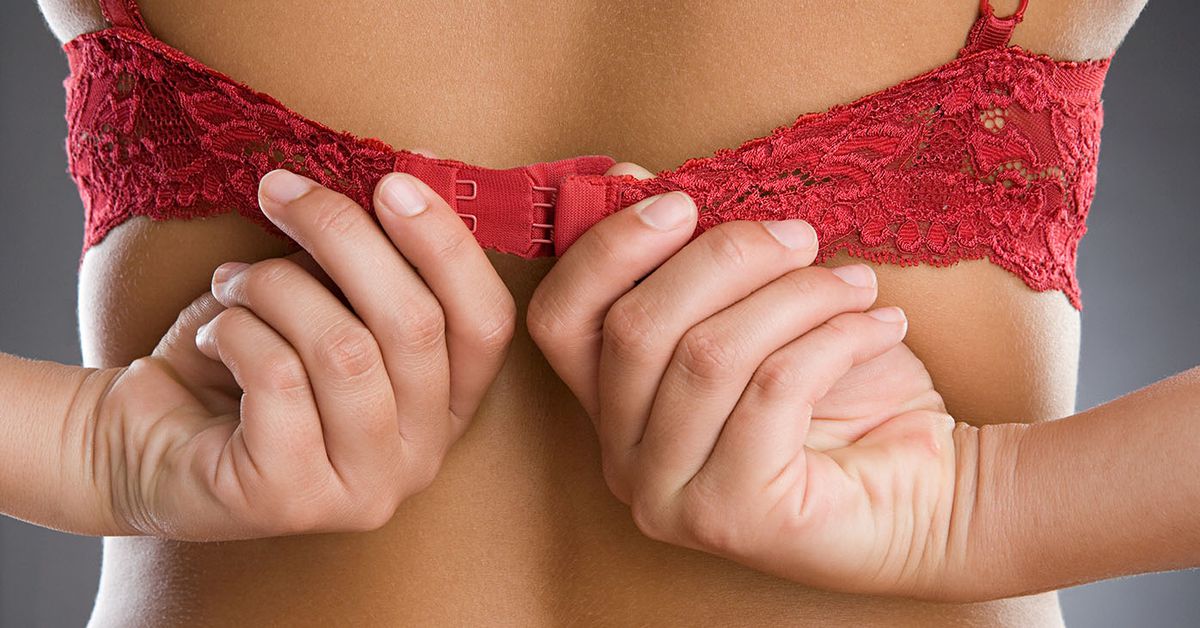

Bras
Why Does My Bra Feel Tight
Modified: August 2, 2023
Discover why your bras feel tight and learn how to find the perfect fit. Explore tips and tricks to ensure comfort and support with the right bras for you.
(Many of the links in this article redirect to a specific reviewed product. Your purchase of these products through affiliate links helps to generate commission for Under-tec.com, at no extra cost. Learn more)
Table of Contents
Introduction
When it comes to undergarments, comfort is key. And for many women, a bra is an essential daily item that provides both support and confidence. However, there are times when that trusty bra starts to feel uncomfortably tight. If you find yourself constantly adjusting your bra or feeling restricted in your movements, it’s time to explore the reasons behind this discomfort and find a solution.
Understanding why your bra feels tight is the first step towards finding a comfortable fit that allows you to go about your day without distraction. In this article, we will delve deeper into the issue and explore the most common reasons for a tight bra. From incorrect bra sizes to weight fluctuations, we will uncover the factors that can affect the fit of your bra and provide practical tips for finding the right bra size and style for you.
Before we dive into the possible causes, it’s important to remember that every woman’s body is unique. What works for one person may not work for another, so it’s essential to listen to your body and make adjustments accordingly. With that in mind, let’s explore the potential culprits behind your tight bra and discover how to achieve the perfect fit.
Understanding Bra Fit
Before we delve into the reasons why your bra might feel tight, it’s important to have a solid understanding of how a bra should fit. A well-fitting bra not only provides support but also contributes to your overall comfort and posture.
First and foremost, the band of a bra should fit snugly around your rib cage, providing the majority of the support. It should not dig into your skin or ride up at the back. The cups should fully encompass your breasts, with no spillage or gaps. The straps should be adjusted to a comfortable length, offering support without digging into your shoulders.
It’s worth noting that bra sizes can vary between brands, so it’s crucial to always try on different sizes and styles to find what works best for you. Additionally, factors such as weight fluctuations, hormonal changes, and even the time of the month can all impact your bra size and fit.
Proper bra fit is not only essential for your comfort but also for your breast health. Ill-fitting bras can lead to issues such as breast pain, shoulder pain, poor posture, and even long-term damage to breast tissue.
Now that we have a solid understanding of what constitutes a good bra fit, let’s explore some of the common reasons why your bra might feel tight and uncomfortable.
Common Reasons for a Tight Bra
There are several common reasons why your bra might feel tight. Let’s explore these reasons in detail:
- Incorrect Bra Size: The most common reason for a tight bra is wearing the wrong bra size. Many women are unaware of their true bra size and end up wearing bras that are too small in the cup or too tight in the band. It’s important to get professionally measured or measure yourself at home to ensure you’re wearing the correct size.
- Weight Fluctuations: Our bodies are constantly changing, and weight fluctuations can impact the fit of our bras. If you’ve recently gained or lost weight, your bra may feel tight. It’s crucial to reassess your bra size regularly to accommodate these changes.
- Bra Band Riding Up: If the band of your bra is riding up at the back, it can create a sensation of tightness. This often occurs when the band is too loose, and your breasts are not properly supported. A properly fitting band should sit horizontally across your back.
- Overly Tight Bra Straps: Tight bra straps can cause discomfort and make your bra feel tighter than it actually is. It’s essential to adjust your bra straps so they provide support without digging into your shoulders. If your straps are constantly slipping off, it may indicate that your band is too big and you need a smaller size.
- Poking Underwires: Underwire bras can provide great support, but if the underwires are poking into your skin, it can make your bra feel uncomfortably tight. This typically happens when the bra cups are too small or the wires are misaligned. Finding a bra with the right cup size and shape can prevent this issue.
By addressing these common reasons for a tight bra, you can take steps towards finding a more comfortable and properly fitting bra. In the next section, we will explore how to measure for the right bra size and provide tips for finding a bra that suits your needs.
Incorrect Bra Size
One of the most common reasons for a tight and uncomfortable bra is wearing the incorrect size. Surprisingly, many women are unaware of their true bra size and end up choosing bras that are too small or too large. Wearing the wrong size can not only lead to discomfort but also affect the overall fit and support of your bra.
There are two key measurements involved in determining your bra size: the band size and the cup size. The band size refers to the measurement under your bust, while the cup size is determined by the difference between your bust measurement and your band measurement.
Factors such as weight fluctuations, pregnancy, and hormonal changes can impact your bra size, so it’s essential to regularly reassess and measure yourself to ensure your bras still fit correctly.
If you suspect that you’re wearing the wrong bra size, here are a few indicators to look out for:
- Cup Spillage: If your breasts are overflowing from the cups, it’s a clear sign that your bra size is too small.
- Gaping Cups: On the other hand, if there are gaps or wrinkles in the cups, it indicates that your bra size is too large.
- Tight Band: A band that feels overly tight and leaves red marks on your skin is a sign that you need a larger band size.
- Riding Up Band: If the band of your bra is constantly riding up your back, it means that the band is too loose and you need a smaller size.
To find your correct bra size, you can visit a lingerie store for a professional fitting, or you can measure yourself at home using a tape measure. There are numerous online resources and videos available that guide you through the process step by step.
Remember, wearing the correct bra size is essential for both comfort and breast health. Invest the time and effort to find your perfect fit, and you’ll experience a significant improvement in the comfort and fit of your bras.
Weight Fluctuations
Weight fluctuations are a common occurrence in many women’s lives, and they can have a significant impact on the fit of your bra. Whether it’s due to pregnancy, changes in diet or exercise habits, or hormonal fluctuations, gaining or losing weight can affect your body’s measurements, including your bra size.
When you gain weight, your breasts may become larger and fuller, requiring a larger cup size and potentially a larger band size as well. On the other hand, losing weight may result in a decrease in breast size, necessitating a smaller cup size or band size.
It’s important to regularly reassess your bra size and make adjustments as needed, especially if you’ve experienced significant weight fluctuations. Continuing to wear an ill-fitting bra can not only be uncomfortable but also impact the support and shape of your breasts.
If you’re unsure about your current bra size due to weight changes, here are some signs to look out for:
- Stretched Band: If the band of your bra feels looser than before and you find yourself constantly readjusting it, it may be a sign that you need a smaller band size.
- Empty Cups: If your bras are suddenly feeling empty and there is excess space in the cups, it indicates that your breasts have decreased in volume and you may need a smaller cup size.
- Breast Spillage: On the other hand, if your breasts are overflowing from the cups and causing discomfort, it’s a clear indication that you need a larger cup size.
Remember, your bra should provide adequate support and a comfortable fit, regardless of any weight fluctuations you may experience. By regularly reassessing your bra size and making adjustments as needed, you can ensure that your bras remain comfortable and supportive throughout your weight journey.
Bra Band Riding Up
If you find that the band of your bra is constantly riding up at the back, it can create a sensation of tightness and discomfort. This issue is commonly caused by a band that is too loose or stretched out over time.
The band of your bra should sit horizontally across your back, providing the majority of the support. When the band rides up, it not only compromises the fit and support but can also contribute to discomfort and a feeling of tightness around the torso.
To address this problem, it’s essential to ensure that you are wearing the correct band size. The band should be snug but not overly tight, allowing you to fit 2 fingers comfortably underneath. If your band feels loose and rides up, try going down a band size. For example, if you’re currently wearing a 34 band, try a 32 band instead.
Another factor to consider is the elasticity of the band. Over time, the elastic in the bra band can stretch out, resulting in a looser fit and increased likelihood of the band riding up. If you’ve had your bra for a prolonged period and notice this issue, it may be time to invest in a new one.
In addition to the correct band size, make sure to adjust the straps accordingly. Tightening the straps can help redistribute some of the support from the band to the straps, preventing the band from riding up.
Lastly, pay attention to the type of bra you’re wearing. Different bra styles may have varying levels of band support. For example, full-coverage or sports bras tend to have wider bands, offering greater stability and less likelihood of riding up. Experimenting with different styles can help you find one that better suits your needs.
By addressing the issue of a bra band riding up, you can alleviate the discomfort and tightness, and ensure that your bra provides the necessary support to keep you comfortable throughout the day.
Overly Tight Bra Straps
One of the common reasons for a tight and uncomfortable bra is overly tight bra straps. While the straps play a crucial role in providing support, when they are too tight, they can dig into your shoulders, causing pain and discomfort.
It’s important to adjust your bra straps appropriately to achieve the ideal fit. The straps should provide support without digging into your shoulders or leaving marks on your skin. If your bra straps are constantly slipping off your shoulders, it may indicate that your band size is too big and you need a smaller size.
To address overly tight bra straps, try the following tips:
- Loosen the Straps: Start by loosening the bra straps to a comfortable length. This will help relieve the tension and ensure a better fit.
- Evenly Distribute the Weight: Adjust the straps so that the weight of your breasts is evenly distributed. The straps should provide support without putting excessive pressure on your shoulders.
- Consider Strap Protectors: If your bra straps still dig into your shoulders, consider using strap protectors or cushions. These are available in various shapes and materials and can help alleviate discomfort by providing padding and support for your shoulders.
- Try Different Strap Styles: Some bras offer adjustable or convertible straps that allow you to change the positioning and configuration. Experiment with different strap styles to find one that offers a better fit and avoids excessive tightness.
It’s important to note that while adjusting your bra straps can provide some relief, it’s essential to address the overall fit of your bra. If your band is too tight or the cups are the wrong size, it can lead to tension and discomfort in the straps. Ensuring that your bra is the correct size and provides proper support will go a long way in alleviating the tightness in the straps.
By following these tips and adjusting your bra straps properly, you can achieve a more comfortable fit and eliminate the feeling of tightness.
Poking Underwires
Underwire bras are a popular choice for many women because they provide additional support and lift to the breasts. However, there can be instances where the underwire starts poking and causing discomfort, making the bra feel tight.
If you’re experiencing poking underwires, here are a few possible reasons:
- Incorrect Cup Size: A common cause of poking underwires is wearing the wrong cup size. If the cups are too small, the underwires may not fully encompass your breasts, causing them to press against your breast tissue.
- Misaligned Underwires: Underwires can sometimes shift or become misaligned during wear or washing. This can lead to them poking or digging into your skin. Carefully adjust the underwires to ensure they are sitting correctly against the curve of your breasts.
- Worn-out Bra: Over time, the underwire can become bent or distorted due to regular wear and washing. This can result in the underwire poking through the fabric and causing discomfort.
- Sensitive Skin: Some individuals have sensitive skin that is more prone to irritation from underwires. In such cases, look for bras with padded or cushioned underwires to minimize the chance of discomfort.
To address poking underwires, consider the following solutions:
- Try a Different Cup Size: Experiment with different cup sizes to find the one that fully encapsulates your breasts without causing the underwire to press against your skin.
- Adjust the Underwires: Carefully adjust the underwires to ensure they are sitting properly against your chest wall and not digging into your breast tissue.
- Replace Worn-out Bras: If the underwires are poking through the fabric due to wear and tear, it’s time to invest in new bras. Dispose of old bras that are no longer providing the necessary support and comfort.
- Consider Soft Cup Bras: If you find that underwire bras consistently cause discomfort, consider trying soft cup bras that offer support without the presence of underwires.
Addressing the issue of poking underwires is crucial for your overall comfort. By finding the right cup size, adjusting the underwires, and considering alternative bra styles, you can enjoy the support and lift of a bra without the discomfort of poking underwires.
How to Measure for the Right Bra Size
Measuring for the right bra size is essential to ensure a comfortable and proper fit. While professional fittings are available at lingerie stores, you can also measure yourself at home using a few simple steps. Here’s how:
- Band Measurement: Start by taking the measurement around your rib cage, just below your bust. Make sure the measuring tape is snug but not overly tight. This measurement will give you your band size. If the measurement is an odd number, round it up to the nearest even number to determine your band size.
- Bust Measurement: Next, measure around the fullest part of your bust. Again, ensure the measuring tape is snug but not too tight. This measurement will help determine your cup size.
- Determine Cup Size: Subtract your band measurement from your bust measurement. Use the difference to find your cup size based on the following guidelines:
| Difference (in inches) | Cup Size |
|---|---|
| 0-½ inch | AA |
| ½-1 inch | A |
| 1-2 inches | B |
| 2-3 inches | C |
| 3-4 inches | D |
| 4-5 inches | DD/E |
| 5-6 inches | DDD/F |
| 6-7 inches | G |
| 7-8 inches | GG |
| 8-9 inches | H |
| 9-10 inches | HH |
| 10-11 inches | I |
Remember, these measurements provide a starting point, and you may need to try on different sizes and styles to find the perfect fit.
If you’re unsure about measuring yourself or prefer professional assistance, visit a lingerie store that offers bra fittings. Skilled fitters will take your measurements and help you find bras that suit your body shape and preferences.
Regularly reassess your bra size as weight fluctuations, pregnancy, and hormonal changes can affect your measurements. It’s important to ensure that your bras provide the necessary support, comfort, and fit for your changing body.
Tips for Finding a Comfortable Bra
Finding a comfortable bra is essential for your everyday comfort and confidence. Here are some tips to help you find a bra that fits well and feels great:
- Get Professionally Fitted: If possible, visit a lingerie store that offers professional bra fittings. Fitters are trained to measure and assess your body shape, helping you find the right size and style for your unique needs.
- Experiment with Different Styles: Not all bra styles work for everyone. Try different styles such as full-coverage, plunge, or wireless bras to determine what offers the most comfort and support for your breasts.
- Consider the Fabric: Pay attention to the fabric used in bras. Look for soft, breathable materials like cotton or microfiber that can help prevent irritation and improve overall comfort.
- Check the Band and Cup Size: Ensure that the band of the bra is snug but not too tight, and the cups fully encompass your breasts without any spillage or gaps. Remember that your bra size can vary between brands, so try on different sizes to find the best fit.
- Adjust the Straps Properly: Take the time to adjust the bra straps to a comfortable length. They should provide support without digging into your shoulders or slipping off. Also, consider bras with wider or padded straps for additional comfort.
- Be Mindful of Underwire: If underwire bras are uncomfortable for you, consider trying non-underwire or wireless options. These can provide support without the potential discomfort of poking underwires.
- Try Different Brands: Each lingerie brand has its own sizing and fit, so don’t hesitate to try different brands to find the one that suits you best. You may find that certain brands cater to your body shape and offer more comfortable options.
- Take Care of Your Bras: Proper care and maintenance of your bras will ensure their longevity and comfort. Wash them gently by hand or in a lingerie bag on a delicate cycle, and avoid putting them in the dryer.
Remember, finding a comfortable bra may not happen overnight. It’s essential to be patient and willing to try different styles and sizes to find what works best for you. Your comfort and confidence are worth the effort.
Conclusion
Ensuring that your bra fits comfortably is crucial for your overall well-being and confidence. A tight bra can not only cause discomfort but also impact your posture and breast health. By understanding the common reasons for a tight bra and implementing the tips and strategies discussed in this article, you can find the perfect fit for you.
Remember to regularly measure yourself or seek professional bra fittings to determine your correct bra size. Factors such as weight fluctuations, pregnancy, and hormonal changes can affect your measurements, so it’s essential to reassess your bra size regularly to ensure the best fit.
Addressing specific issues such as incorrect bra size, weight fluctuations, the band riding up, overly tight bra straps, and poking underwires can greatly enhance your bra-wearing experience. By implementing the tips and solutions provided, you can alleviate discomfort, improve support, and achieve a more comfortable fit.
Don’t be afraid to experiment with different styles, materials, and brands to find what works best for your body. Each woman’s needs and preferences vary, so it may take some time to find the perfect bra that combines comfort, support, and style.
Remember, a comfortable bra not only enhances your physical well-being but also boosts your confidence and allows you to move through your day with ease. Take the time to prioritize your comfort by finding the right bra size, style, and fit just for you.

